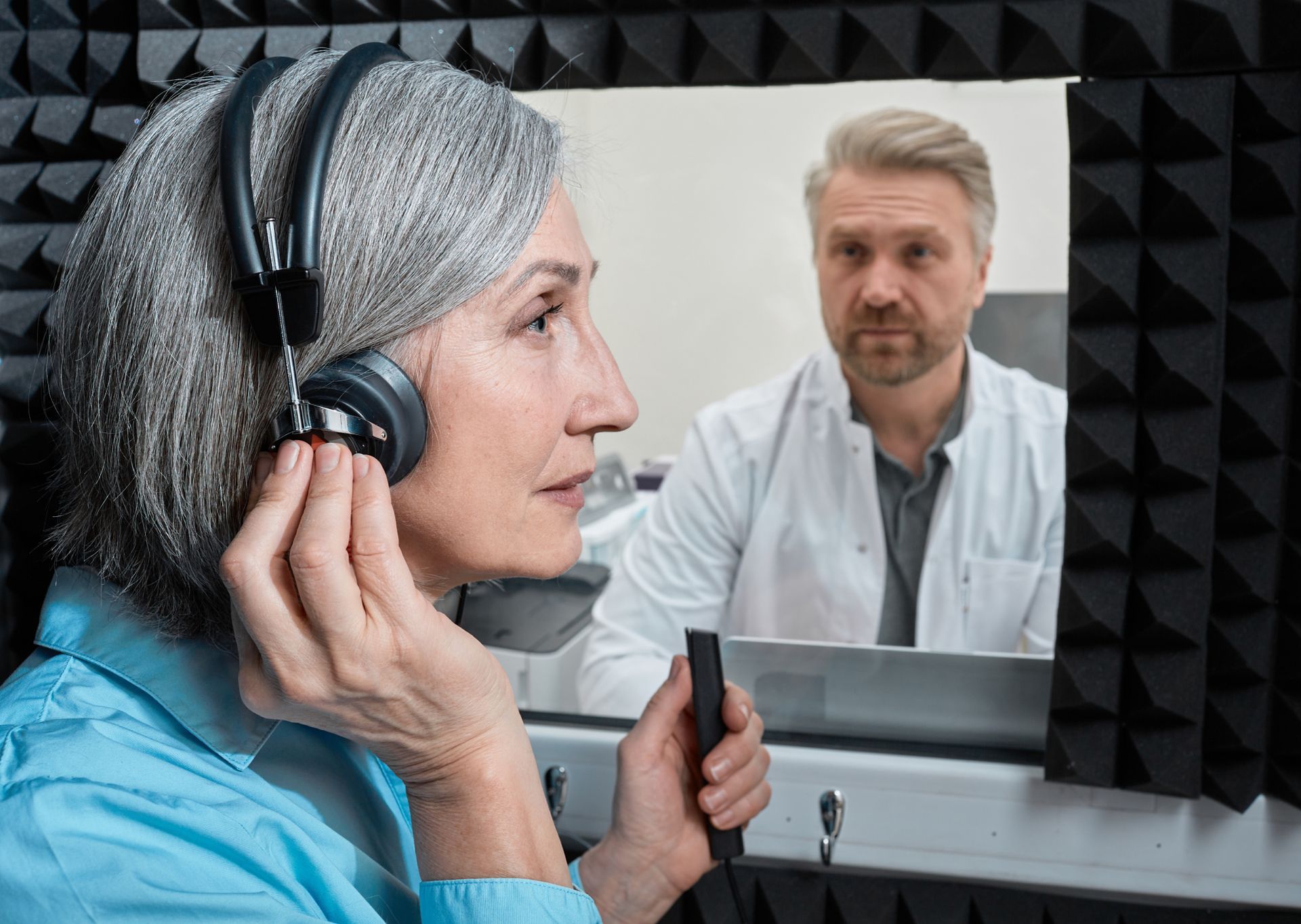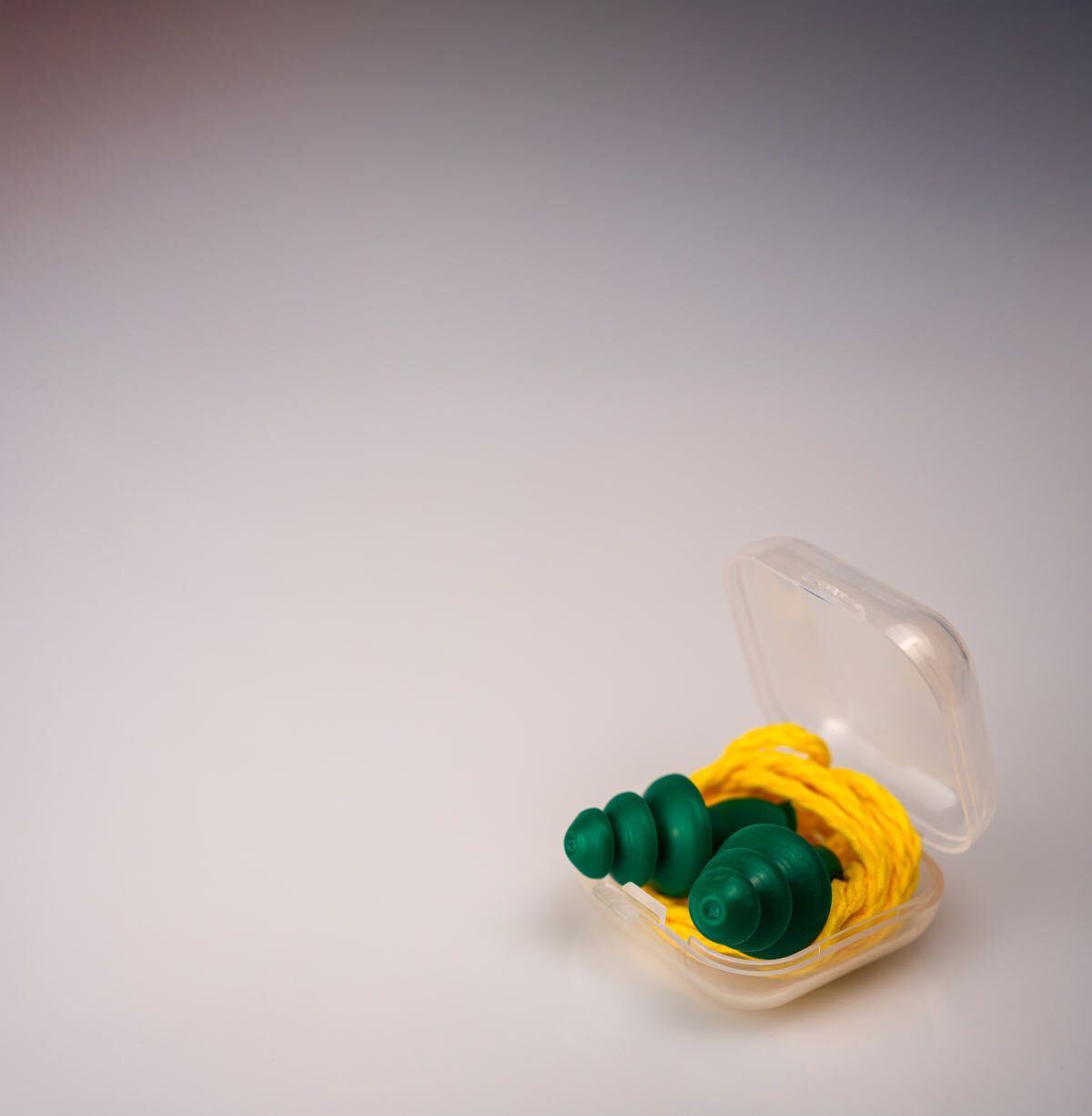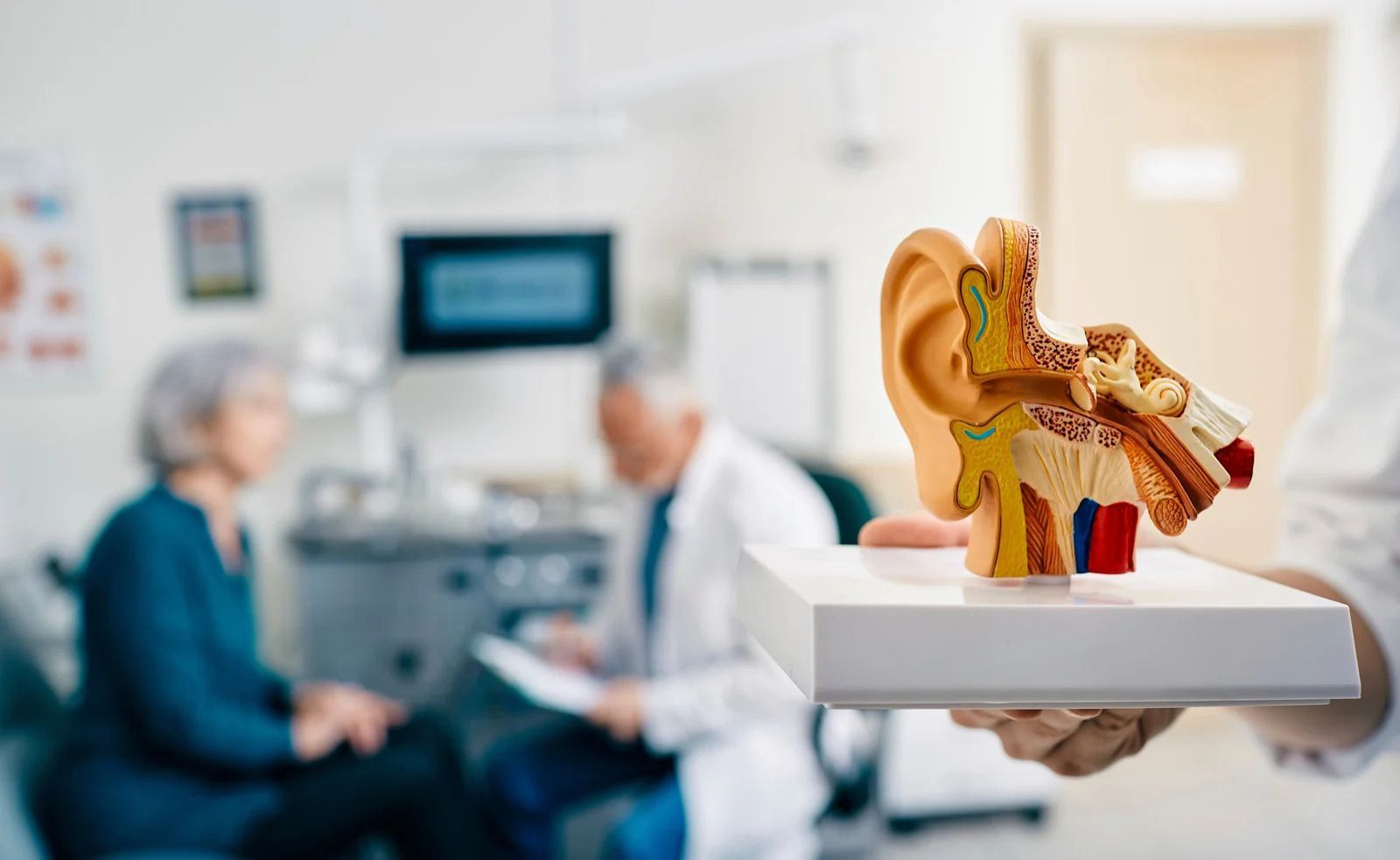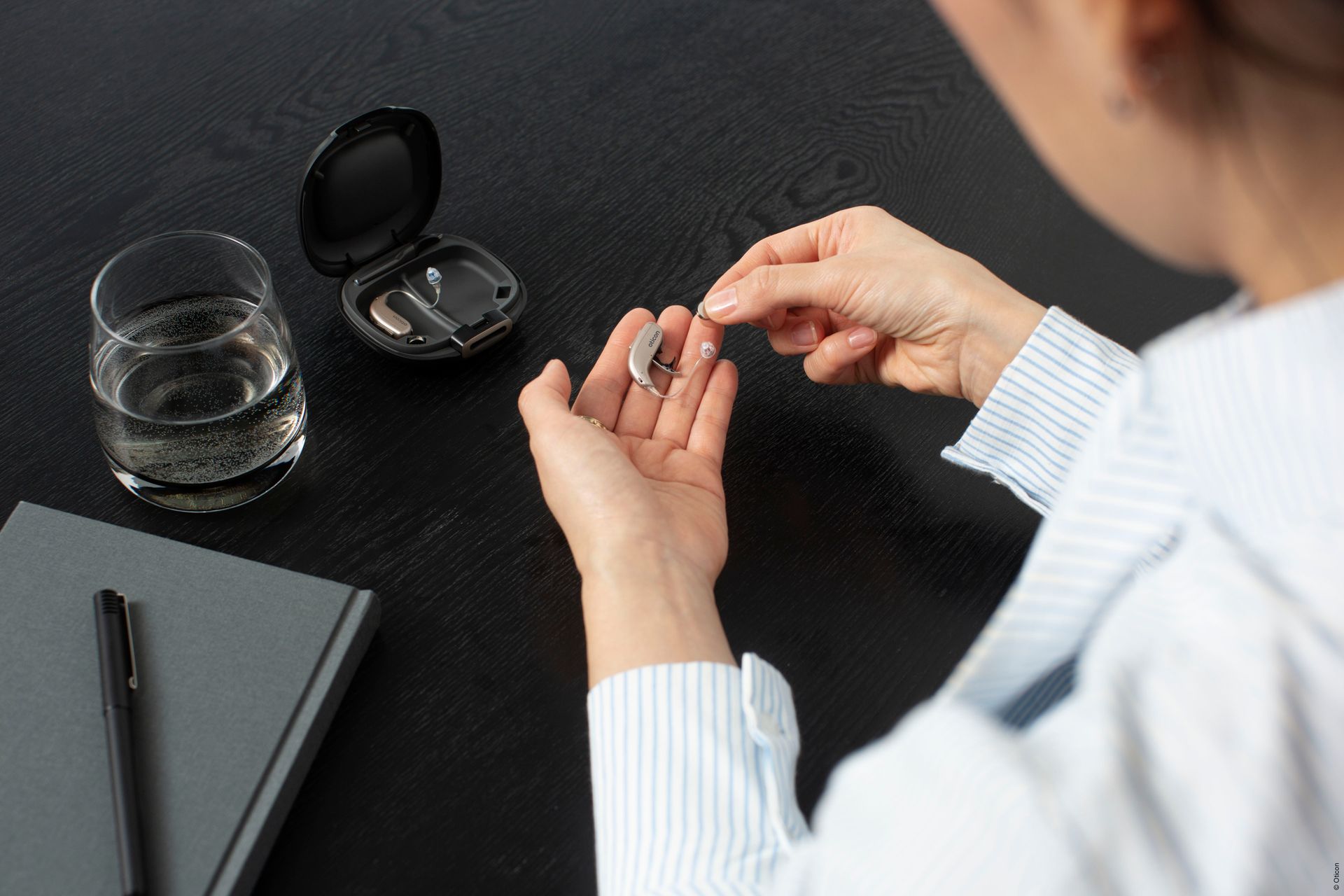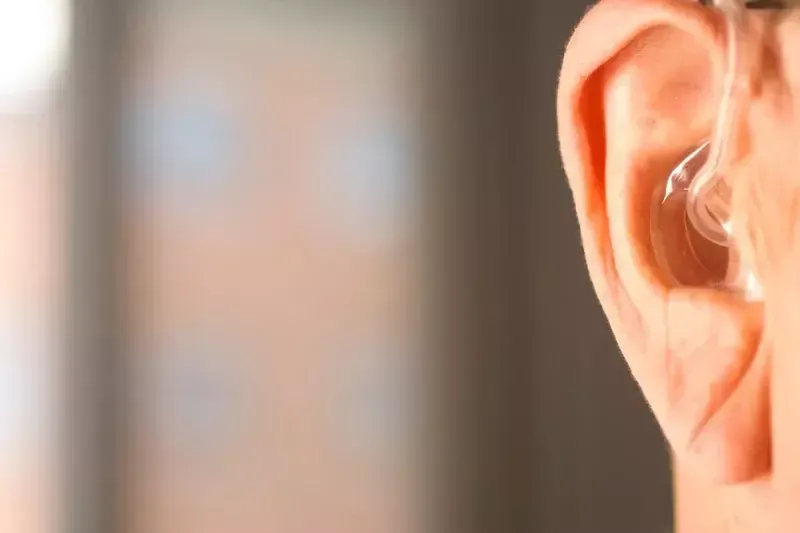Understanding Noise Ratings
We are all bombarded with varying levels of noise in different environments throughout the day. Noise exposure is the term we use to quantify this. In other words, it’s the amount and intensity of sound that you encounter. Whether its power tools, heavy traffic, shrieking teenagers, concerts of sporting events—it all counts. It’s when these noises are suddenly too loud, or just loud enough over an extended period of time, that we start to run into issues.
This is where
noise ratings come in. Measurements that help us make smart decisions when it comes to hearing and hearing protection.
Audiology First is here to inform you and help you make these choices intelligently. We can start by educating ourselves of what noise ratings are and how we use them to our patients' advantage.
What Are Noise Ratings?
Noise ratings are standardized measurements used to describe how well a hearing protection device will reduce the amount of sound that reaches your ears. Examples of these devices would be earplugs or earmuffs.
The most common of these measurements is the
Noise Reduction Rating. Determined through laboratory testing, this measurement is expressed in decibels (dB), and indicates the potential level of sound reduction if the protection is worn correctly.
Real-world environments differ significantly from a lab, though. To account for this, we use a simple formula to estimate effective protection in the everyday environments we actually live in:
Effective Noise Reduction = (NRR − 7) ÷ 2
So, if a pair of earmuffs, for example, has a noise reduction rating of 30dB, the actual reduction in a typical setting would be around 11.5 dB. It’s an important metric to understand, as it provides a more realistic understanding of the true level of protection being offered.
Why Noise Ratings Matter
Did you know that noise exposure is one of the leading causes of preventable hearing loss worldwide? Continuous exposure to noise above 85 dB (lawnmowers, loud music, and heavy machinery all fall into this category) can permanently damage the tiny hair cells in your inner ear which are responsible for hearing.
Here are some facts to consider:
- Prolonged exposure to noise above 85 dB can cause irreversible hearing damage.
- The higher the decibel level, the shorter the safe exposure time becomes.
- Early signs of noise-induced hearing loss (NIHL) include muffled hearing, tinnitus (ringing in the ears), and trouble understanding speech.
These outcomes are preventable. Properly rated hearing protection can preserve your hearing long-term.
Noise Ratings and Hearing Aids
Hearing aids can be a bit deceiving in the sense that many who wear them often think they offer enough protection from loud noises and environments. Unfortunately, they do not offer much of a noise reduction rating on their own, and are not a sufficient substitute for hearing protection.
In noisy environments, such as workplaces or at concerts, there is no need to try and wear hearing protection and hearing aids at the same time, as the hearing aids will likely whistle. The goal is to prevent sound from entering the ear canal, and keep sound levels below 85 dB to prevent further damage from occurring.
To accomplish this, there are different options available; custom-fitted earplugs or active noise-cancelling earmuffs are great choices that maximize both comfort and functionality. When someone has experienced hearing loss, it becomes all the more important to preserve that remaining here as best as we can.
Choosing the Right Hearing Protection
Different forms of hearing protection are available, and each of them has their own unique benefits. Let’s look at some of them now:
Foam Earplugs
Soft and disposable, foam earplugs will expand in your ear canal to form a seal.
Pre-Molded Earplugs
These are reusable and available in different sizes, offering a more consistent fit to the user.
Earmuffs
Cover the entire ear, easy to put on and take off. The most comprehensive form of noise reduction.
Custom-Molded Earplugs
A truly custom fit—designed to sit perfectly in your ear for maximum comfort and protection.
The choice you make will heavily depend on your lifestyle and profession. Working in construction is very different from mowing your grass. A helpful tip: If your earplugs are fitting correctly, your voice should sound slightly muffled or louder to yourself.
Tips for Effective Use
Having the right type of hearing protection is one thing, using it properly is another. It’s easy to completely negate the effectiveness of the former by ignoring the latter. Here’s some tips to help you avoid that.
- Ensure a proper fit. Poorly fitted earplugs or earmuffs significantly reduce their effectiveness.
- Wear them consistently. Always wear hearing protection when around potentially harmful noise.
- Clean and store properly. Reusable earplugs and earmuffs should be cleaned regularly and stored in a clean, dry case.
How to Use Pre-Molded Earplugs
A final instructional guide for you to keep in mind and consider:
- Gently pull the top of your ear up and back with your opposite hand to straighten your ear canal.
- Use the other hand to firmly grip the stem of the earplug and gently slide the earplug into the ear canal. Use a rocking motion until you have sealed the ear canal.
- To remove pre-molded earplugs, slowly rock them back and forth to break the seal with your ear canal, and then gently pull them out of your ear.
Understanding noise ratings (and how to apply them) can make a world of difference in the protection and preservation of your hearing. Whether you're exposed to loud environments occasionally or daily, selecting the right level of protection, with the appropriate noise reduction rating, is key.
The team at Audiology First is committed to helping you protect your hearing with expert guidance and customized hearing protection solutions—book a consultation with us today to find the right hearing protection for your lifestyle and needs.


